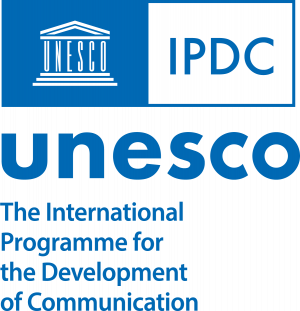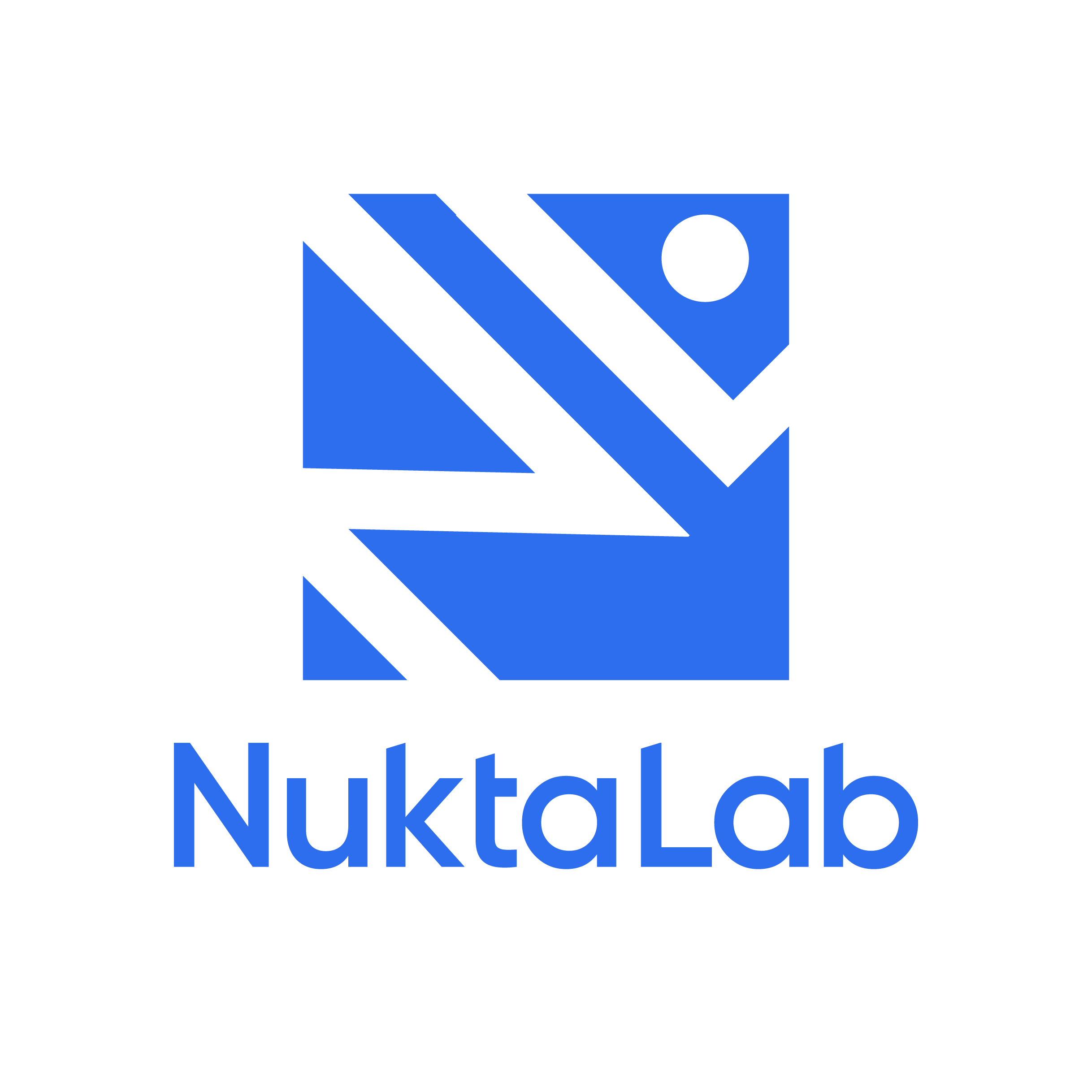In an era of rampant misinformation and rapidly spreading fake news, the role of fact-checking has become more critical than ever.
Journalists and fact-checkers are on the front lines, striving to separate truth from falsehoods. To aid their efforts, artificial intelligence (AI) tools have emerged as powerful allies, revolutionizing fact-checking in the media industry.
Let's explore some of these innovative AI tools that are transforming the way information is verified and ensuring the accuracy of news:
1. Natural Language Processing (NLP) Algorithms
NLP algorithms are at the core of many AI-based fact-checking tools. These algorithms can analyze vast amounts of text to identify factual claims and detect potential inaccuracies. By leveraging machine learning techniques, NLP algorithms can assess the context, tone, and credibility of sources, allowing fact-checkers to verify information efficiently.
2. ClaimBuster
ClaimBuster is an AI tool designed to automatically identify and fact-check claims made by politicians and public figures. Using natural language processing techniques, ClaimBuster analyzes speech transcripts, news articles, and social media posts to flag potentially false or misleading statements. This tool enables fact-checkers to focus their efforts on claims that require scrutiny, saving time and resources.
3. Full Fact's Live Fact-Checking
Full Fact, a non-profit fact-checking organization, has harnessed AI to enhance live fact-checking during televised events and debates. By using speech recognition and machine learning algorithms, Full Fact's AI tool can analyze real-time speech and fact-check claims made by politicians as they happen. This innovative approach provides viewers with accurate information instantly, fostering a more informed public discourse.
4. Hoaxy
Hoaxy is an AI tool that visualizes the spread of misinformation online. By tracking the circulation of news articles and their corresponding fact checks, Hoaxy helps journalists and fact-checkers understand the reach and impact of false information. This tool not only aids in identifying and debunking misinformation but also enables a deeper understanding of how it spreads across social media platforms.
5. Factmata
Factmata is an AI-powered platform that combines natural language processing and machine learning to assess the accuracy and credibility of news articles. This tool analyzes the content, tone, and source of articles to determine their level of trustworthiness.
Factmata's AI algorithms can also identify biased language and potential misinformation, assisting fact-checkers in their evaluation of news sources.
6. Truth Goggles
Truth Goggles is an AI browser extension that flags potentially false or misleading information as users browse the internet. By highlighting claims that lack supporting evidence or have been debunked, this tool encourages critical thinking and raises awareness about the importance of verifying information.
Journalists and fact-checkers can also benefit from Truth Goggles by using it to fact-check claims during their research process.
AI tools are revolutionizing the fact-checking landscape in the media industry, empowering journalists and fact-checkers to combat misinformation effectively. Through advanced algorithms, these tools assist in claim detection, real-time monitoring, credibility assessment, and data visualization.
The collaboration of human expertise and AI technology is creating a powerful synergy that is essential in the fight against misinformation. As AI continues to evolve, we can expect even more sophisticated and efficient tools to support fact-checking efforts, promoting accurate and reliable information in the media industry.




